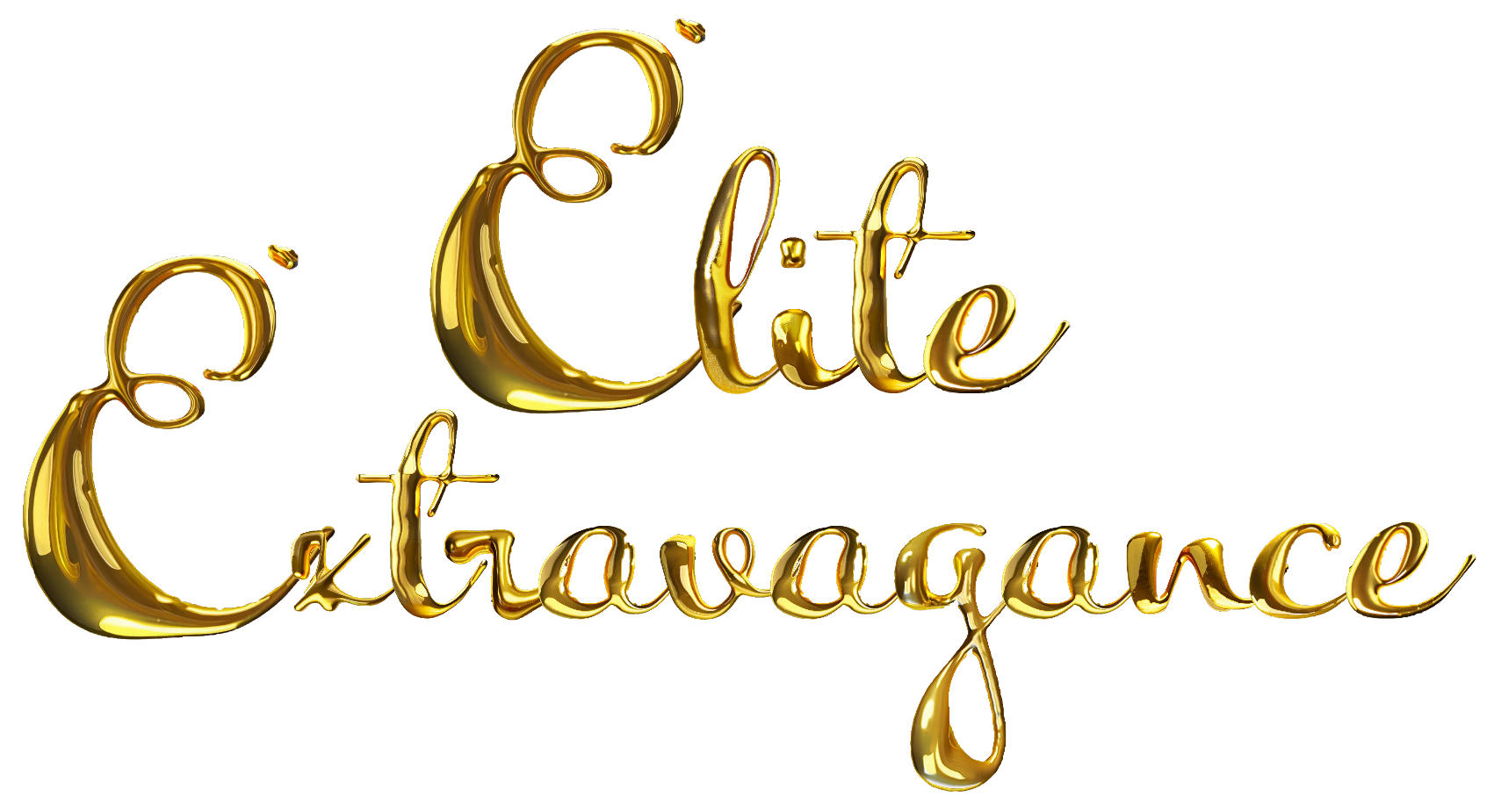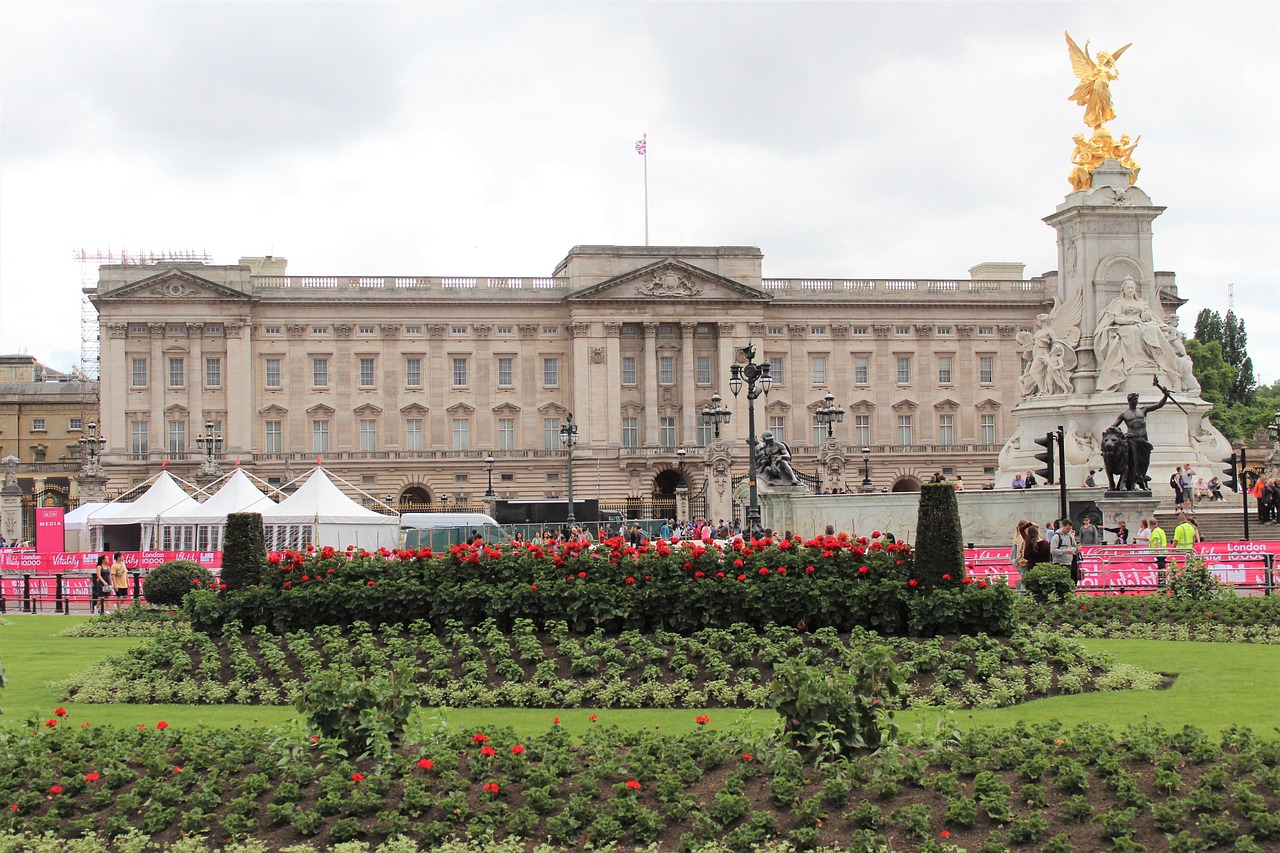Buckingham Palace is a royal residence located in the City of Westminster, London, and serves as the administrative headquarters of the monarch of the United Kingdom. The palace was originally built in 1703 as a townhouse for the Duke of Buckingham and was later acquired by King George III in 1761 as a private residence for Queen Charlotte, becoming known as The Queen’s House. In the 19th century, architects John Nash and Edward Blore enlarged the building by constructing three wings around a central courtyard. Buckingham Palace became the official London residence of the British monarch upon Queen Victoria’s accession in 1837.
The palace has 775 rooms, including 19 State Rooms, which are used for official and ceremonial occasions, as well as for entertaining foreign heads of state. The palace is also home to the Royal Collection, which includes paintings by Van Dyck and Canaletto, sculptures by Canova, and some of the finest English and French furniture in the world. The palace grounds span 39 acres and include the largest private garden in London.
The palace is made up of three main parts:

The State Rooms: The State Rooms are the most famous part of the palace and are open to the public during the summer months. They are used for state receptions, investitures, and other royal events.
The State Rooms at Buckingham Palace are grand, 19th-century, state reception chambers that provide the setting for ceremonial occasions and official entertaining by the monarch. These rooms occupy the heart of Buckingham Palace and were designed to act as the public rooms in which the Sovereign could receive, reward, and entertain subjects and visiting dignitaries.

The State Rooms contain some of the most outstanding works of art in the Royal Collection, providing a permanent and striking backdrop to the events that take place here. Many of the items found in the State Rooms reflect the tastes of George IV, who acquired and commissioned various pieces, originally intended for his residence at Carlton House.

The Green Drawing Room adopts some of the decorative innovations used at Carlton House, with the groups of green Sèvres porcelain arranged to match the wall coverings, while blue Sèvres is used in the Blue Drawing Room. The White Drawing Room contains a roll-top desk by Riesener, as well as the magnificent gilded piano by Erard, supplied for Queen Victoria.
The White Drawing Room is where Her Majesty The Queen usually enters the State Rooms when hosting a formal Reception, passing through an enormous hidden door which is formed from one of the four side cabinets and mirrors. The entire structure – complete with Sèvres vase and candelabra on top – swings forward giving access from The Royal Closet next door.
The State Rooms are open to the public during the summer months, allowing visitors to explore these magnificent rooms and the Royal Collection. More than 50,000 people visit the Palace each year as guests to State Banquets, lunches, dinners, receptions, and Garden Parties.
The East Front: The East Front is the most famous façade of the palace and is where the State Rooms are located. It is also home to the famous Balcony.

The East Front of Buckingham Palace, facing The Mall, is the “public face” of the palace and is home to the State Rooms and the famous Balcony. The State Rooms are grand, 19th-century, state reception chambers that provide the setting for ceremonial occasions and official entertaining by the monarch. These rooms contain some of the most outstanding works of art in the Royal Collection, including paintings by Rembrandt, Rubens, and Van Dyck, sculpture by Canova, and exquisite examples of Sèvres porcelain.
The East Front was built by Edward Blore and completed in 1850. The most significant element of Blore’s design was the central balcony, which was incorporated at Prince Albert’s suggestion. The balcony has since become a focal point for national celebration, with the royal family acknowledging the crowds on momentous occasions and after the annual Trooping the Colour. The first recorded royal balcony appearance took place in 1851 when Queen Victoria stepped onto the balcony during celebrations for the opening of the Great Exhibition.

Behind the balcony is The Centre Room, previously known as the Tapestry Drawing Room. This small sitting room opens onto the balcony of Buckingham Palace and is a private part of the Palace, not accessible to the public.
The East Front is also the location of the State Rooms, which are open to the public during the summer months and on selected dates for Exclusive Guided Tours during winter and spring. These rooms provide the setting for ceremonial occasions and official entertaining by members of the Royal Family. The State Rooms are furnished with many of the greatest treasures from the Royal Collection, providing a permanent and striking backdrop to the events that take place here.
In summary, the East Front of Buckingham Palace, with its State Rooms and famous Balcony, plays a significant role in the public perception of the monarchy, serving as the backdrop for many ceremonial occasions and official events.
The Private Apartments: The Private Apartments are the home of the Queen and her family. They are not open to the public.

The Private Apartments at Buckingham Palace are the personal living quarters of the reigning monarch and members of the Royal Family. These apartments are located at the rear right of the palace and are primarily used by the reigning monarch, most recently Queen Elizabeth II, who resided there for nearly 70 years. The apartments run along the north-west flank of the building, with a small section facing the rear gardens.
The Private Apartments include the Queen’s Audience Room, where she hosted her Prime Minister every week as well as other officials and members of her household. The Monarch’s Suite, Consort’s Suite, and The Morning Room are also part of the private apartment.
In addition to the monarch’s apartments, Buckingham Palace also has suites of rooms made into private apartments for other royals. For instance, there are apartments for The Earl and Countess of Wessex, as well as the distinctly titled ‘Bobo MacDonald Suite’ named after Margaret (Bobo) MacDonald, Queen Elizabeth’s nanny and dresser.
Despite being the official headquarters for the British royal family, these private apartments, along with other areas such as the extensive staff quarters and working rooms, are not open to the public. The only parts of the palace that are open to the public are the State Rooms during the summer months and on selected dates for Exclusive Guided Tours during winter and spring.
The private apartments are equipped with all the amenities the royals could ever need. For instance, the Queen has her very own home cinema at Buckingham Palace, although it is primarily for staff use. There is also a private chapel that was created by Queen Victoria and Prince Albert in 1844, which was later relocated within the south-eastern part of the palace after it was destroyed in a German bombing raid in 1940.
In summary, the Private Apartments at Buckingham Palace serve as the personal living quarters for the reigning monarch and members of the Royal Family. These apartments are not open to the public, maintaining the privacy of the royal family within the official headquarters of the British monarchy.
The palace is surrounded by a large garden, which is also open to the public. The garden is home to a variety of plants and trees, as well as a lake and a waterfall.

Buckingham Palace is surrounded by a large garden, which is described as ‘a walled oasis in the middle of London’. This garden is the largest private garden in the capital, covering an impressive 39 acres (approximately 16 hectares). It is situated to the rear (west) of Buckingham Palace and forms the largest private garden in London.
The garden is home to 325 wild-plant species, 30 species of breeding birds, and over 1,000 trees, including 98 plane trees and 85 different species of oak. The central feature of the garden is the lake, created in the 19th century and originally fed from the overflow from the Serpentine in Hyde Park. Today, the lake is a self-regulating ecosystem fed from the Buckingham Palace borehole.
The design of the garden as seen today dates back to George IV’s conversion of Buckingham House into Buckingham Palace from 1825. The new royal residence needed a suitably private garden, and George IV appointed William Townsend Aiton, who was in charge of the Royal Botanic Gardens at Kew, to oversee the remodeling of the grounds.
The garden plays a key part in the busy calendar of royal events. The most famous of these events are Garden Parties, which in an average year see around 24,000 guests from all walks of life welcomed into the garden each summer. For over 200 years, the garden has been used by the Royal Family for official entertaining and celebratory events.

In summary, the garden at Buckingham Palace is a large, private, and beautifully maintained space that serves both as a tranquil oasis for the royal family and a venue for official royal events.

Buckingham Palace is a symbol of the British monarchy and serves as a venue for state occasions and royal hospitality. It is often a focal point for national celebrations and commemorations, and the Changing of the Guard ceremony takes place regularly in front of the palace. The palace is open to the public during the summer months, allowing visitors to explore the State Rooms and the Royal Collection.
Who was the first monarch to live in buckingham palace
How did queen victoria’s move to buckingham palace affect her reign
Queen Victoria’s move to Buckingham Palace marked a significant shift in the British monarchy, as it established a new center for the royal family in London. The palace became the primary residence for British monarchs and the administrative headquarters of the monarchy. Queen Victoria’s reign was characterized by stable government at home and enormous expansion abroad, and her presence at Buckingham Palace helped place the monarchy at the center of the nation’s identity.
What was the impact of queen victoria’s move to buckingham palace on the public’s perception of the monarchy
Queen Victoria’s move to Buckingham Palace had a significant impact on the public’s perception of the monarchy. Her decision to make Buckingham Palace the official royal residence was a departure from the tradition of British royals living in various locations, including Windsor Castle. This move was seen as a symbol of modernity and a break from the past, which resonated with the public.
Victoria’s reign was characterized by a shift in the monarchy’s role from direct political power to a more symbolic one. She established a modern precedent that the monarch should remain above partisan politics, which helped to stabilize the government and the monarchy’s reputation. Her actions also had significant political implications, as eight of her children married into the royal houses of Europe.
Moreover, Queen Victoria restored the reputation of a monarchy that had been tarnished by the extravagance of her royal uncles. She shaped a new role for the Royal Family, reconnecting it with the public through civic duties. Her reign was seen as a new, confident age for the monarchy, and she became a towering presence as a symbol of her Empire.
Victoria’s move to Buckingham Palace also allowed her to exert her will more freely. She began to distance herself from her mother and those who had influenced her, which was seen as a sign of her independence and strength. This move, along with her strong personality and the traditions she established, had a lasting impact on the monarchy and its relationship with the public.

By the time of her Diamond Jubilee in 1897, Queen Victoria had firmly established the monarchy at the center of the nation’s identity. Her reign, marked by significant technological, economic, and social change, helped to modernize the monarchy and enhance its relevance in the eyes of the public.









